If you’re concerned about sanitation, welcome to the club! These days, everyone is more thoughtful about keeping our supplies and gadgets germ-free. We’re even wiping down shopping cart handles before we use them. Given everything that’s going on, it’s perfectly understandable. But how do you keep your electronics clean? Soap and water is a non-starter. And even if you use alcohol, you’re going to have grooves, nooks, and crannies to worry about. One solution is to use a UV sanitizer. With UV light, you can clean virtually anything. And you won’t have to worry about any nasty chemical residues or fumes.
So, how do you know whether a UV phone sanitizer is worth its salt? One way is to choose a manufacturer that’s been in the business for a while. In this regard, PhoneSoap stands out. We’ve reviewed several PhoneSoap products in the past, including the PhoneSoap Go and the PhoneSoap Pro. We’ve also reviewed the AirSoap, a UV air purifier for your home. As the names imply, PhoneSoap’s products are typically designed to clean smartphones. Today, we’ll be reviewing HomeSoap, a larger sanitizer that’s designed to clean larger devices. But how well does it actually work? We’re going to take a closer look, and see how it performs in practice. Then, we’ll render a final verdict. Let’s get started!
How Does a UV Sanitizer Work?
Before we actually review HomeSoap, let’s talk about how a UV sanitizer works. Because these have previously been niche devices, many people may not be familiar with how they function. The heart of the device is UV-C radiation, or light with a wavelength of 100 to 280 nanometers. In this range, the waves are very energetic, and are powerful enough to kill viruses and bacteria. They do this by destroying DNA and RNA molecules that form the heart of every living organism.
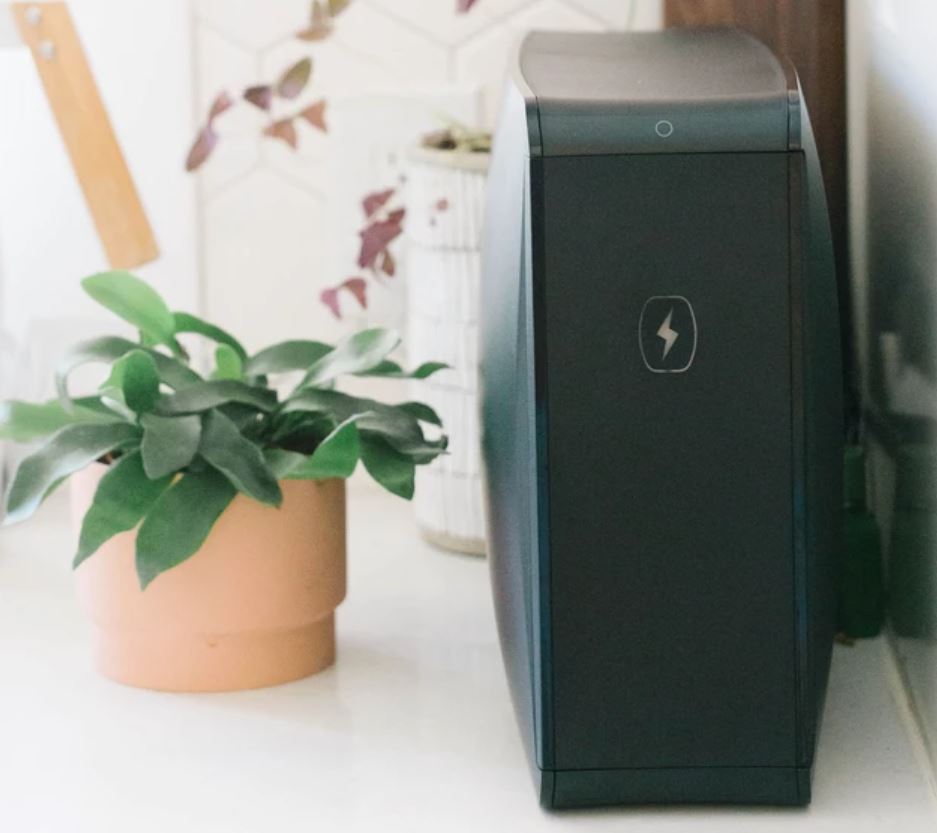
The downside of this kind of light is that it can also damage human tissue. In fact, the small amount of UV light you receive from the sun is what causes sunburn. A dedicated UV-C bulb, however, can cause burns in under a minute. And repeated exposure can even cause skin cancer. Thankfully, an enclosed UV sanitizer mitigates this risk. Since the bulbs will only come on when the enclosure is closed, you won’t get exposed to the rays. On the other hand, you won’t be able to clean anything that’s too big for the enclosure. For that purpose, you’d need to use a UV light wand.
So, why not just use a UV light wand to clean all your devices? The problem is that you need to keep track of the exposure time. The time needed to sanitize a surface will depend on the wavelength and intensity of the light. If you don’t follow the instructions exactly, you can end up with incomplete sanitation. In addition, you also need to hold the wand the right distance from the surface. If it’s not close enough, it’s not going to be effective. If it’s too close, you’ll end up taking longer than necessary because you won’t cover as much area at once.

With an enclosed UV sanitizer, you don’t have to worry about these issues. The light is always the right distance from your device. You’re also going to get 360-degree exposure, so the entire surface is covered. Even better, there’s a built-in timer. In other words, it’s a no-brainer. Just put your devices inside and run a cleaning cycle. If you want to be extra cautious, just run a second cycle. In the best case scenario, you’ll get better cleaning. In the worst case scenario, you’ll add a few pennies to your electric bill.
So, how effective are UV sanitizers? Most of them advertise 99.9 or 99.99 percent effectiveness. Why not 100 percent? In fact, if you look at a can of Lysol, you’ll see a similar claim. The fact is that any surface is going to house hundreds of thousands of bacteria. The same surface will host billions and billions of viruses. There’s just no practical way to determine that every last one of those bugs has been killed. Even if you had a powerful microscope and scanned the entire surface, it would be impossible to make a guarantee. So, to protect themselves from liability, companies claim 99.9 percent effectiveness. Even so, that should be more than good enough to keep you from getting sick under most circumstances.
Overall Design
HomeSoap is constructed from black anodized aluminum. It’s sturdy and durable, more like a real home appliance than a simple electronic device. The edges are slightly rounded, with a scalloped top and bottom that won’t slide around easily. It’s relatively big and bulky, measuring 5.95 inches wide, 11.15 inches tall, and 15 inches deep. This is about the size of a large game console. As a result, you’re going to have to find a place to put it. You can’t just plunk it down in the middle of your desk.
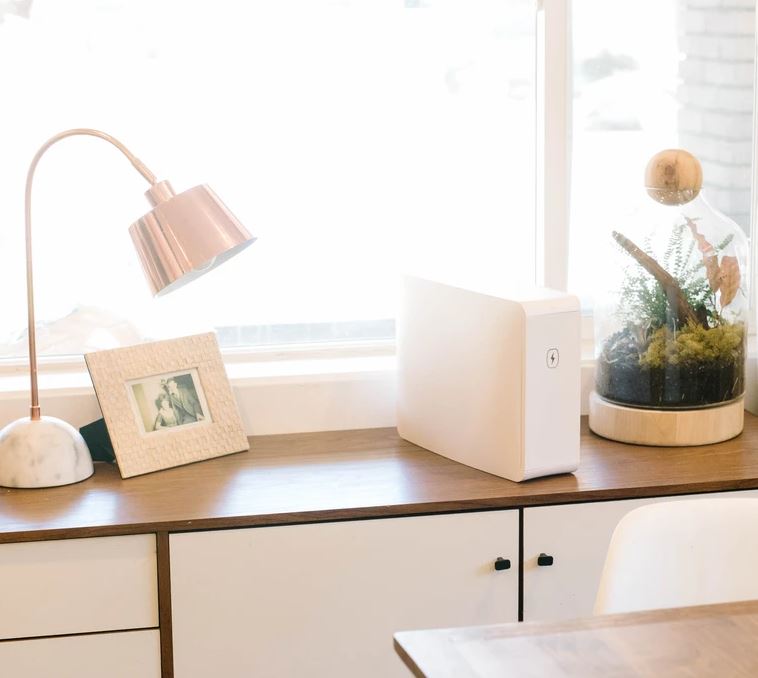
That said, the large size is necessary to accommodate larger devices. The interior dimensions are fairly spacious, at 3.66 inches wide, 9.24 inches tall, and 13.18 inches deep. At this size, HomeSoap can accommodate a wide variety of home devices. You can clean remote controls, game controllers, and tablets like the Apple iPad Pro. There’s even enough room inside for a Nintendo Switch. Most tenkeyless keyboards will also fit inside. Pretty much any home device you want to sanitize, it’s going to get the job done. You can even sanitize your face mask so it doesn’t become a harbor for bacteria.
HomeSoap opens from the front, and pops open similar to a locker. On the inside, you’ll see a pair of UV-C lamps, one on the top and one on the bottom. These lamps are rated to kill 99.99 percent of germs, and achieve 360-degree coverage. This is due to the mirrored interior, which reflects the light all around the inside of it. Just inside the door, at the top of the interior, you’ll see a pair of USB ports. One is a standard USB Type-A port, while the other is USB Type-C. As long as it’s plugged in, you can charge two devices simultaneously, even while they’re being sanitized. So if you want to clean your smartphone or tablet, you won’t have to sacrifice charging time.
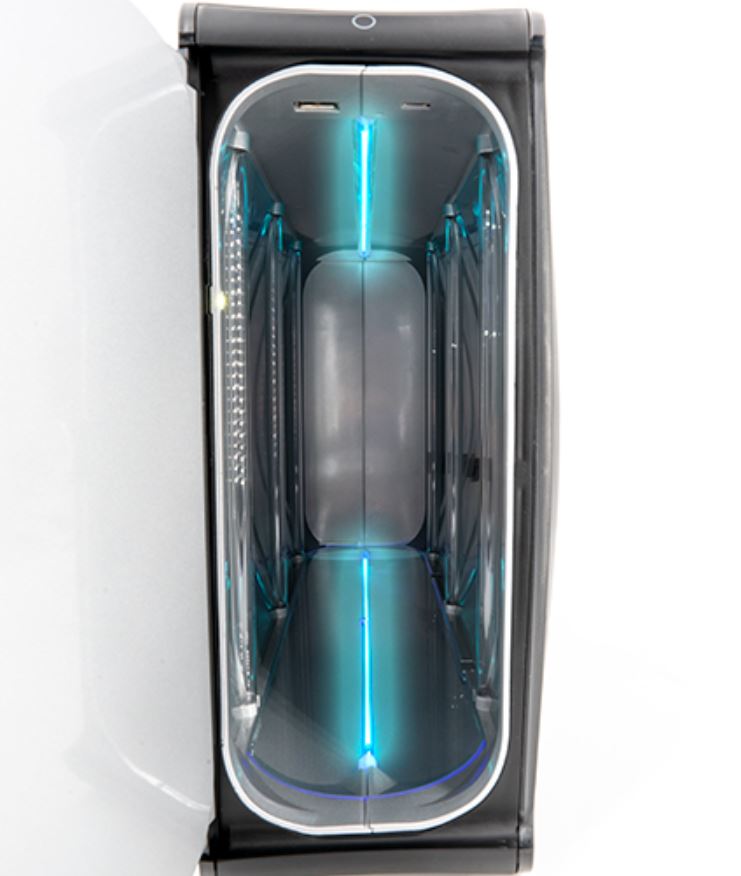
Just above HomeSoap’s door, there’s a lightning bolt-shaped LED light. This light glows when HomeSoap is actively sanitizing your devices. This is a handy feature, since you can’t see inside HomeSoap when the door is closed. It’s also a useful safety feature so you don’t accidentally open the door while it’s in use. The lights should turn off automatically when you open the door, but a backup safety feature is much appreciated. In addition to HomeSoap itself, you also get an AC power adapter. So as soon as you open the box, you’re ready to start sanitizing.
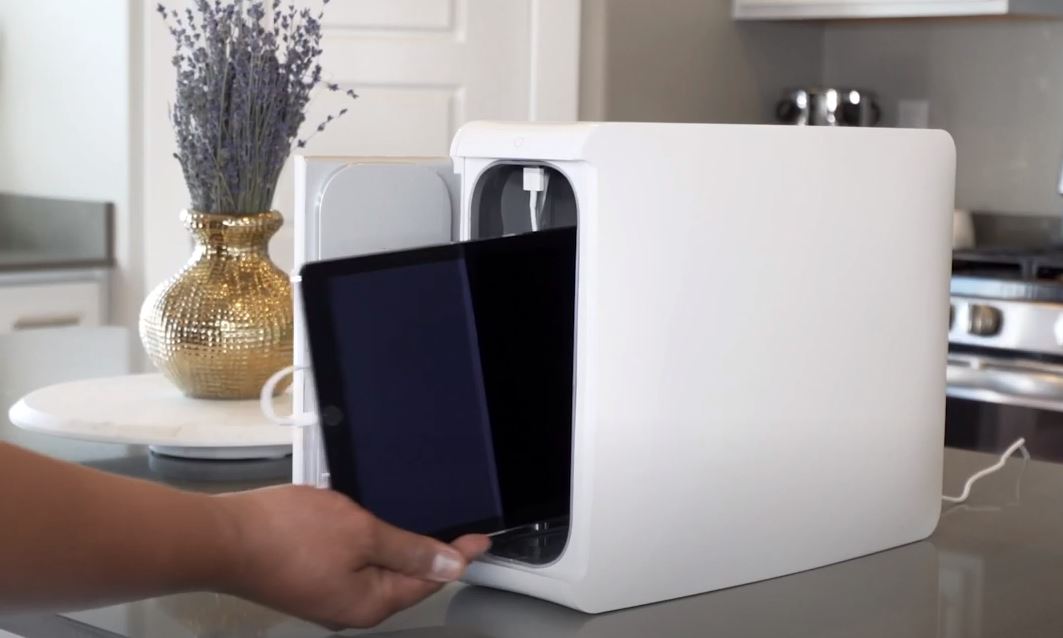
Ease of Use
When it comes to everyday use, HomeSoap couldn’t be simpler. It features a single button on the top of the case that operates all the controls. With the touch of a button, you can turn the UV lights on and off. You can also switch between two different modes: auto mode and manual mode. In auto mode, the sanitizer will automatically start every time you close the door. The lights will remain on for 10 minutes, or will shut off early if you push the button again.
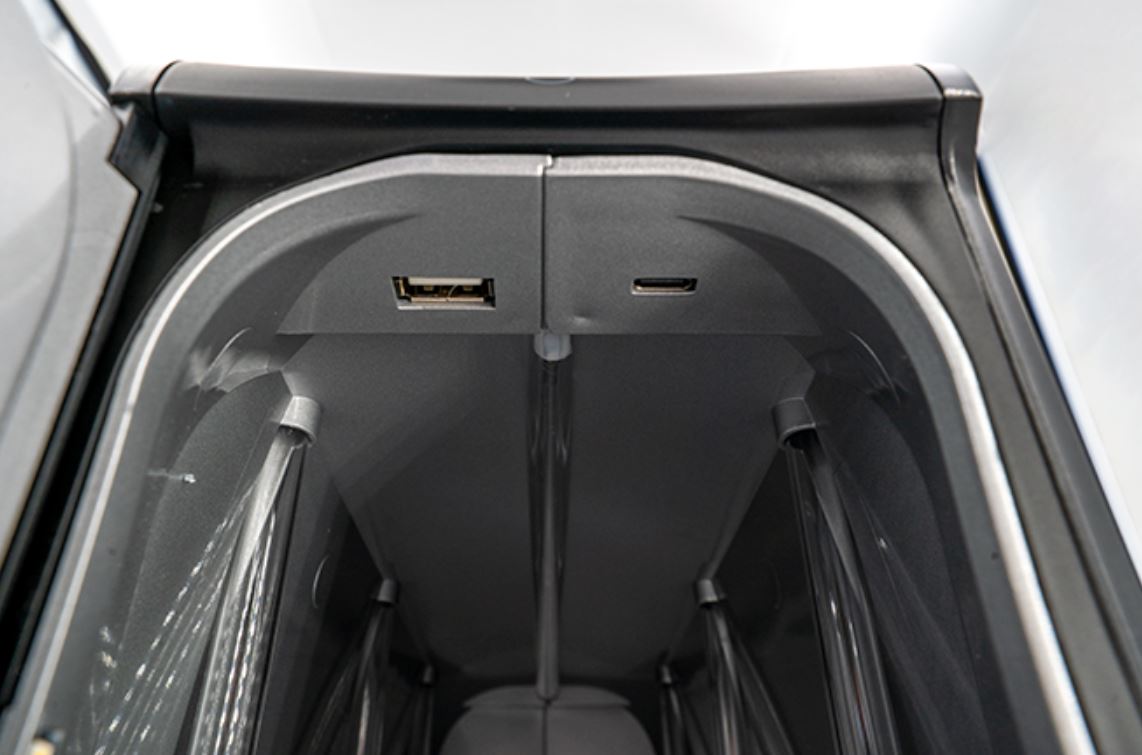
In manual mode, the lights will not automatically turn on when you shut the door. Instead, you’ll need to press the button to start a sanitizing cycle. As with the automatic mode, the cycle will last for ten minutes, or until you press the button again. To switch between modes, simply press and hold the button for three seconds. When the mode has switched, the lightning bolt on the top front panel will flash. Regardless of which mode you use, you should run a full 10-minute cycle if you want complete sanitization. Less than that, and HomeSoap will not be fully effective.
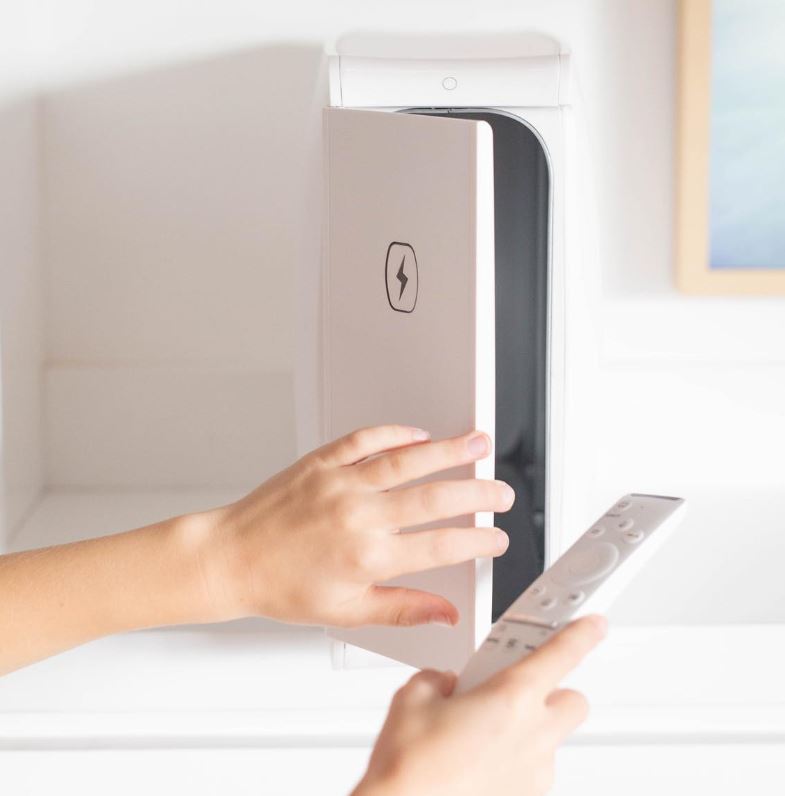
In terms of what you can clean with HomeSoap, your options are pretty much endless. If an object fits inside, you can sanitize it. That said, there are a few limitations that you should be aware of. To begin with, UV light is most effective on hard, non-porous surfaces. This is because the light can access the entire surface, without any obstructions. Cloth and other soft materials will only be partially sterilized. This is because outer layers will block the UV light from penetrating to the inner layers. Remember, if the UV light isn’t actually contacting a surface, it’s not doing any good.
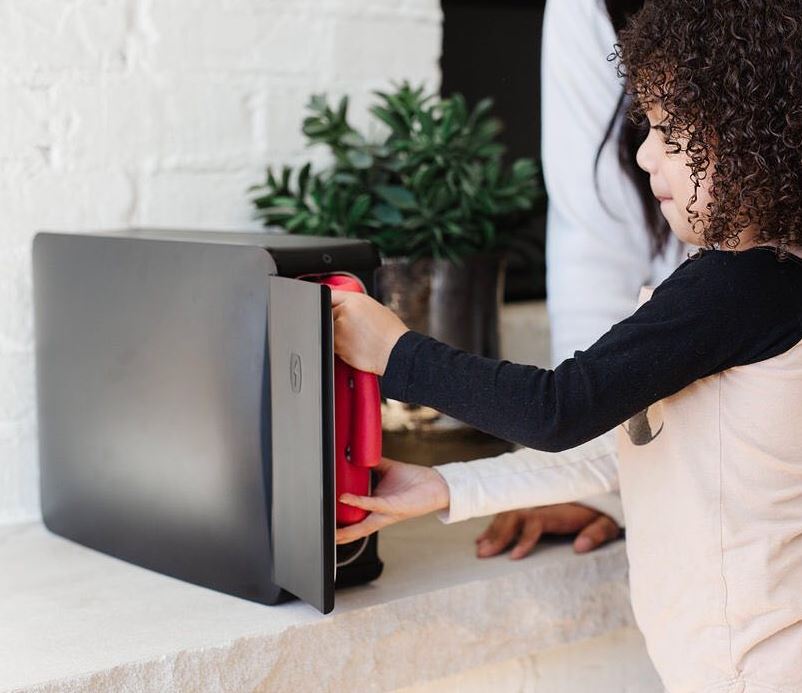
Another limitation is that if your device is directly touching the inside of the case, it’s not getting clean. This is because the side of the case will effectively block the light from reaching it. The bottom of HomeSoap consists of a transparent quartz plate, so you won’t have any issues there. If your device needs to lean on the side, there’s a workable way to do this. There are a pair of vertical quartz tubes on each side that are designed for this purpose. Simply lean your device on one of these tubes, and it will get 360-degree exposure.
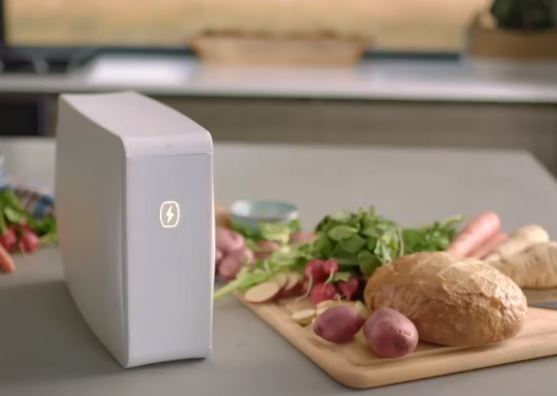
Final Verdict
HomeSoap is one of the most effective home UV sanitizers on the market. It has a large capacity, which allows it to sanitize most electronic devices. Admittedly, this large size comes with a bulky form factor, but that’s a matter of necessity. HomeSoap is also very effective. With two UV bulbs and 360-degree coverage, it will sanitize all sides of your device in only 10 minutes. Not only that, but it’s easy to use. The single-button operation is just about as simple as it gets. And the ability to switch between automatic and manual modes is a nice extra feature.
Meet Ry, “TechGuru,” a 36-year-old technology enthusiast with a deep passion for tech innovations. With extensive experience, he specializes in gaming hardware and software, and has expertise in gadgets, custom PCs, and audio.
Besides writing about tech and reviewing new products, he enjoys traveling, hiking, and photography. Committed to keeping up with the latest industry trends, he aims to guide readers in making informed tech decisions.

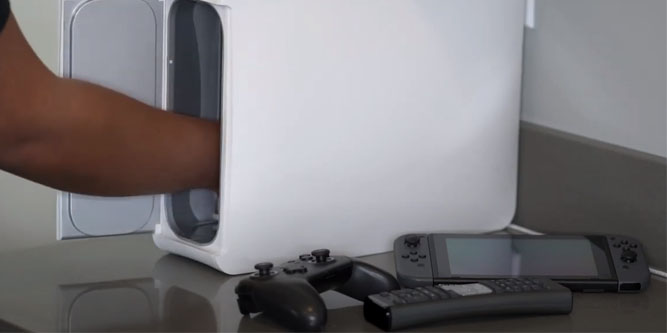
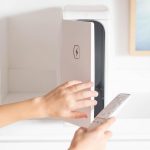
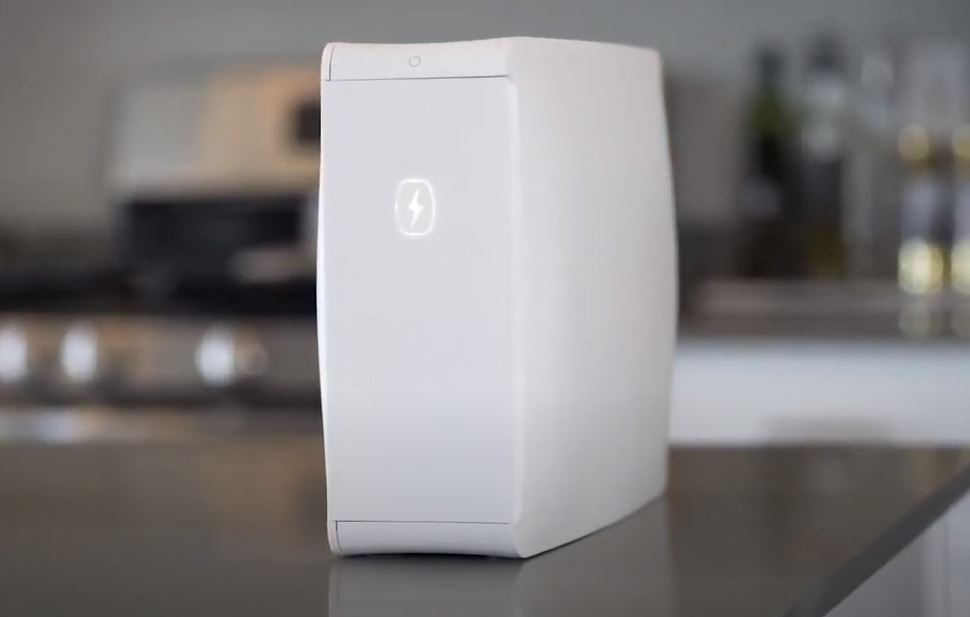
Can I leave case on phone when sanitizing?